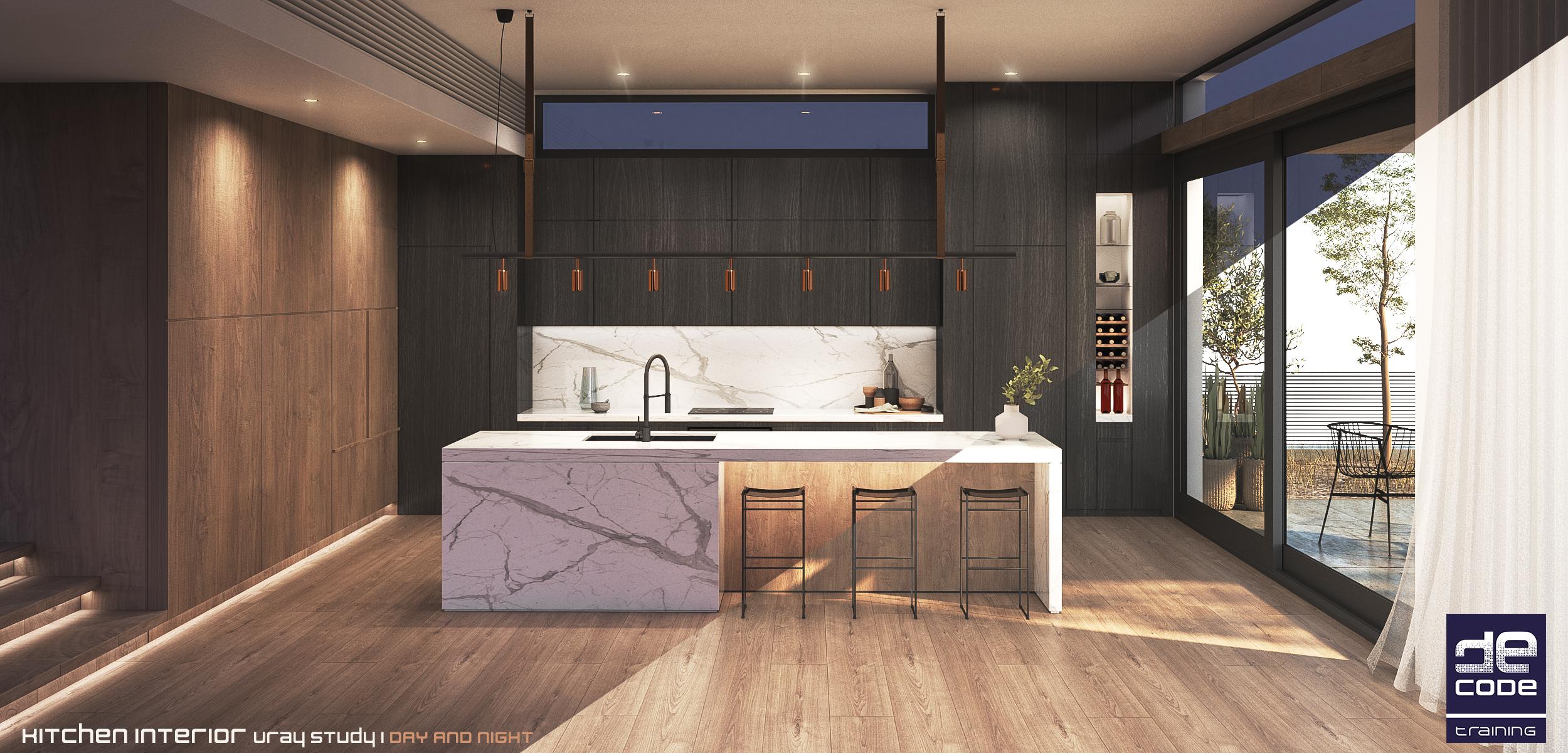
- #Rendering for rhino vray tricks update
- #Rendering for rhino vray tricks full
- #Rendering for rhino vray tricks software
You’re actually resolving your design as you’re adding materials to your renders. This process really helps you think about those things, which you might not usually think about. Some things, like the context behind, can be fine to leave. Don’t have anything in the render that has its default material or colour unless it’s done intentionally. Remember, more detail, the better it’ll look. I could have gone a lot further with the detailing of the model but due to time constraints, I had to press forward. I added detail such as doors, windows, overhangs etc. Once you’ve figured out the views you want, you can begin to add detail to that model. Once you’ve got the aspect ratio, you can do some test renders at a low scale to figure out your view for the render. Most importantly, you want to figure out the aspect ratio of your render. You have to play around with how it sits on the page, the layout of your poster. Taking a step back, we have to figure out how it’s going to sit on our poster, unless it is it going to be a single render used online. Where are the cameras placed? This would involve figuring out the dimensions of your render. The first step is to figure out your render views. Therefore, there’s no point modelling up everything to the smallest detail if it isn’t even being shown on your poster. You only need to resolve what’s shown on your sheet. Especially for a studio project like this, you don’t need to resolve the entire design. The way I worked this project (and this might change in the future), is that I started with a massing model from Sketchup.įrom that massing model, the very first thing I did was find out where I wanted the render view to be, where the camera is to be placed.

The more detail you add to your virtual model, the better the render will look and the easier the post-editing process will be.
#Rendering for rhino vray tricks software
V-Ray 2.Rendering all starts in Rhino, Revit, Sketchup, or whatever software you’re modelling your design in. V-Ray 2.0 for Rhino- V-Ray Wrapper Material V-Ray for Rhino- HDRI Tips and Tricks in V-Ray for Rhino - tutorial V-Ray for Rhino– Quick Start: Exterior Lighting V-Ray for Rhino– Quick Start: Intro for Designers V-Ray for Rhino– Quick Start: Intro for Architects V-Ray for Rhino– Quick Start: Nighttime Exterior Lighting V-Ray for Rhino– Quick Start: Interior Lighting V-Ray for Rhino- Tutorial: Interior night lighting V-Ray for Rhino- Webinar from Start to Finish Webinar: V-Ray Next for Rhino- Grasshopper V-Ray Next- Automatic Exposure and White Balance

#Rendering for rhino vray tricks update
V-Ray Next for Rhino, update 1 – What's new

V-Ray Next for Rhino, update 2 - Now available Browse our selection of V-Ray for Rhino tutorials below.
#Rendering for rhino vray tricks full
And with V-Ray’s full suite of tools, you can render anything and everything – from quick design concepts to your most detailed 3D models.

With new quick render presets and intuitive controls, you can focus on design, not the technical details. V-Ray for Rhino’s twin-engine rendering architecture can take full advantage of the latest CPU or GPU hardware. V-Ray 3 is built to be the smartest and fastest renderer for Rhino. And it’s now faster than ever to create great-looking renders right in Rhino. V-Ray for Rhino is Now Available! V-Ray for Rhino is made for designers.


 0 kommentar(er)
0 kommentar(er)
